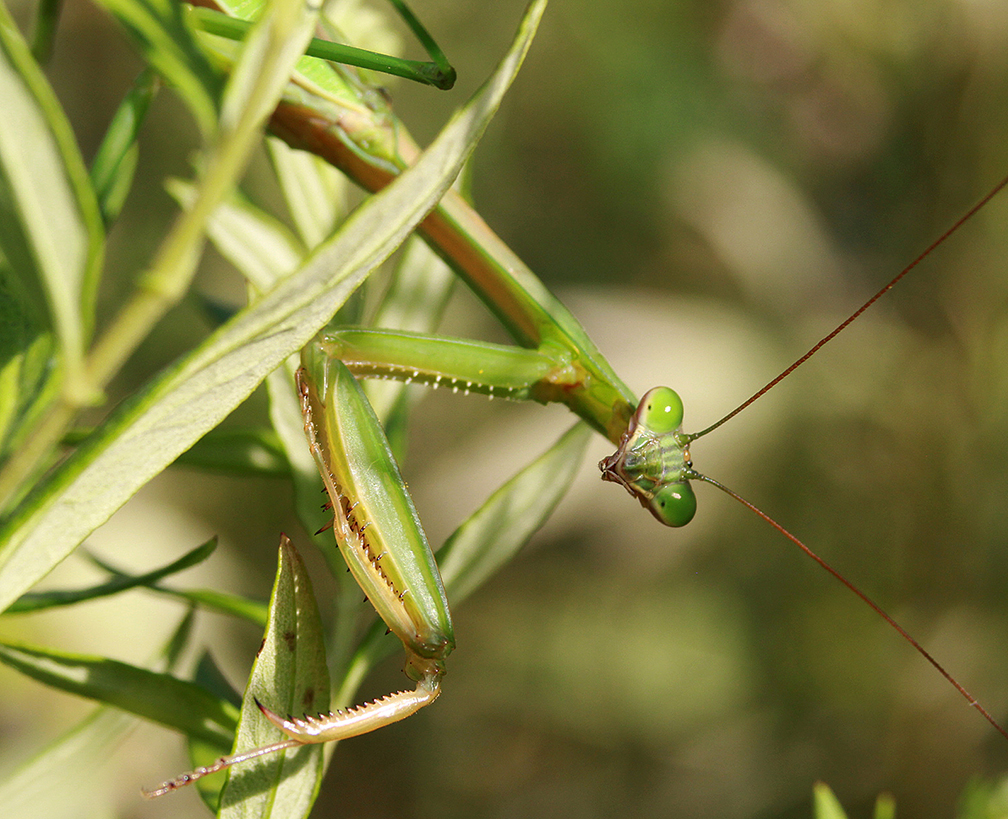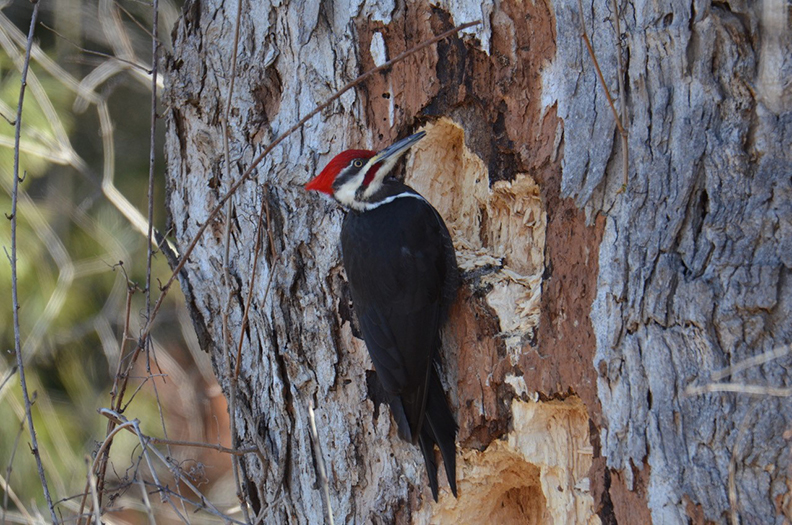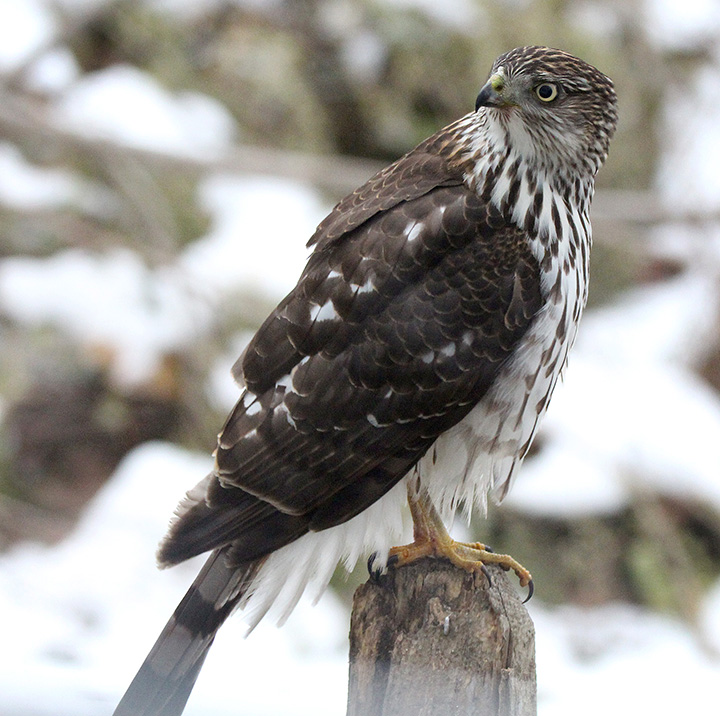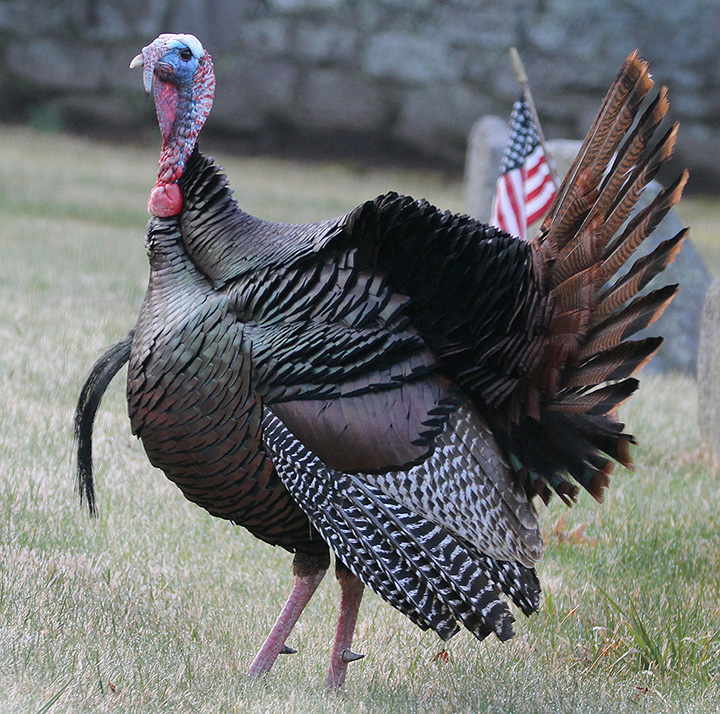A Month Of Transition

PHOTO: A praying mantis lurks in a field in New England. Photo by Chris Bosak

by Chris Bosak
Weirs Times Columnist
In my opinion, September ranks up there as one of the best months for wildlife watching in New England. Top two or three, I’d say. I like each of the months, of course, and you could make an argument for pretty much any of them being in the top five. May is hard to beat as it is the height of the songbird migration in New England and comes on the heels of several months of cold weather. Also, the flowers start blooming and trees fully leaf out, adding color to a landscape that had been mostly gray for far too long.
So May, I think, has to be number one.
April, September and October duke it out for second. To me, September gets the nod. Like May, September is a transition month. The fall migration begins in earnest during September, but summer still hangs on tightly. Not only do we get to see the fall migrants pass through, but all of the things that make summer special remain. Loons and hummingbirds are around for much of September, but they are mostly gone by October.
September is a great time to take a walk in a field. The goldenrod is in bloom and if you look closely, you can often find interesting critters such as a praying mantis or yellow garden spider. It is interesting to note that praying mantises are not native to North America. Also, male yellow garden spiders are small and brownish; only the female has the intimidating size and colorful pattern.
September also marks the beginning of the southward hawk migration, which is a highlight of the year for many birdwatchers. September features the massive broad-winged hawk flyovers. The fall hawk migration lasts throughout October and even into November, but the days with huge numbers of raptors are usually in September.
October is another great month as it marks the beginning of the waterfowl migration. Ducks are of particular interest to me so I always enjoy seeing my first hooded mergansers, ring-necked ducks and all the others. The fall songbird migration also continues in October. The peak of the fall foliage season also takes place during October, of course.
April ranks high because it is when the spring migration starts to pick up after a slow start in March. The early warblers pass through around the middle of the month and many more are seen in New England by the end of April.
But, as I said, all months have their pros and cons. The winter months are good for waterfowl watching. Lakes, ponds and rivers that aren’t frozen will usually hold several species of waterfowl, sometimes in great numbers. Bald eagles also tend to congregate around open water in the winter.
Summer, especially June and July, is when we watch birds raise their young. It’s always a thrill to see the youngsters in a nest, fledging or visiting a feeder for the first time.
The nice thing about birdwatching in New England is that every month holds something of interest. There’s never a dull moment. I wouldn’t want to be anywhere else.



